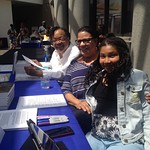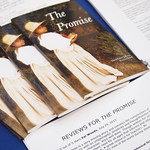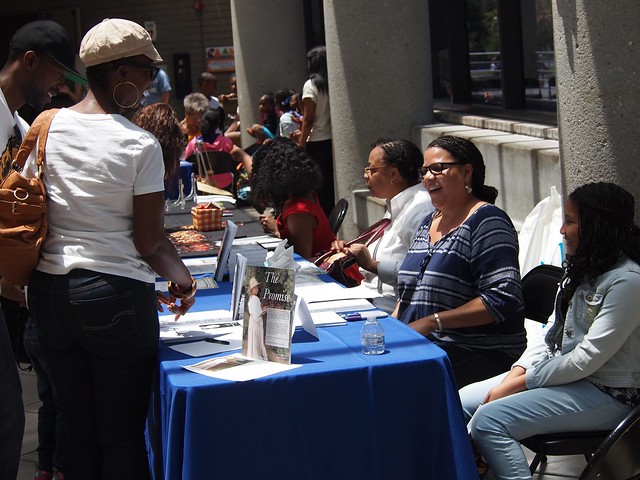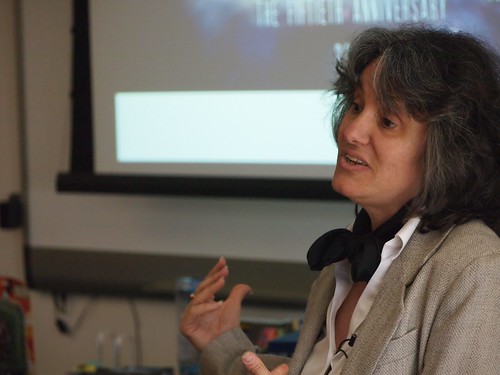While I have much grading to do as always, I was drawn to spend the weekend reading Gidget (by Frederick Kohner) thanks to my friend Ken Lazebnik’s book Hollywood Digs which includes an interview with the real life Franzie Kohner who IS Gidget. In fact, she kindly appeared with Ken at a book reading he did in Malibu recently.
Before actually reading the book I didn’t know gidget stood for “girl midget” since she was so small on her surfboard (and now wonder how many women were named Gidget without now that); I didn’t know her father was a refugee from Nazi Germany who came to LA to be a screenwriter; and I didn’t know the book was going to be so good (both Gidget AND Hollywood Digs! – which I knew would be good because Ken is such a wonderfully evocative writer). I suggest them both.
Turns out when it was released Gidget was compared favorably to Catcher in the Rye by book critics… and probably lost its edge in readers’ minds thanks to the bubblegum reputation the films gave the story – compounded by the fact that it was a girl’s coming of age story and not a boy’s. I learned long ago in teaching American Literature, to an all girl high school of all things, that educators believe girls will read about boy protagonists (in an effort to understand them enough to hook them) but boys will not be as enthusiastic about reading the story of a girl protagonist). So schools adjusted and chose mostly books with male protagonists for high school students of both sexes to study, which means boys lost the chance to learn the lessons first generation immigrants surviving economic hardship from A Tree Grows in Brooklyn, among other losses.
Of course, the advent of such things as The Hunger Games trilogy seems to belie that idea — but you’ll notice publishers felt that in order to engage boy readers Katniss needed to wield a weapon, not merely master a craft like surfing. Another reason to return to reading Gidget.
And all of this mulling reminds me of a TED Talk on How Movies Teach Manhood that I showed students the other day by Colin Stokes, director of communications for the non-profit Citizen Schools. He compares the heroine of The Wizard of Oz, Dorothy Gale from Kansas, to Luke Skywalker of everyone’s much beloved Star Wars and finds that Dorothy triumphs by mastering the leadership skills of working with others and bringing them together toward a common goal that benefits all while Luke triumphs as an individual by mastering a violent skill that requires killing the enemy to win.
My comparison between Gidget and Catcher seems similar in that Gidget experiments in the world of romance and sex without needing to make the acquaintance of a hooker – yet high schools read Holden’s story as literature and are never exposed to Gidget’s story at all.















